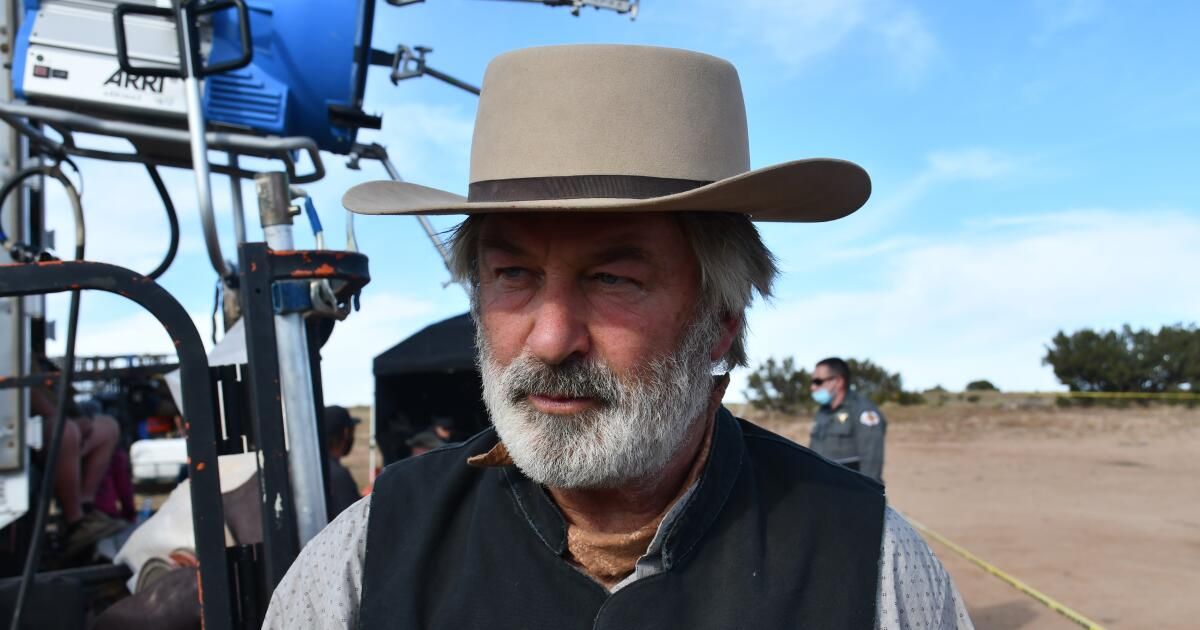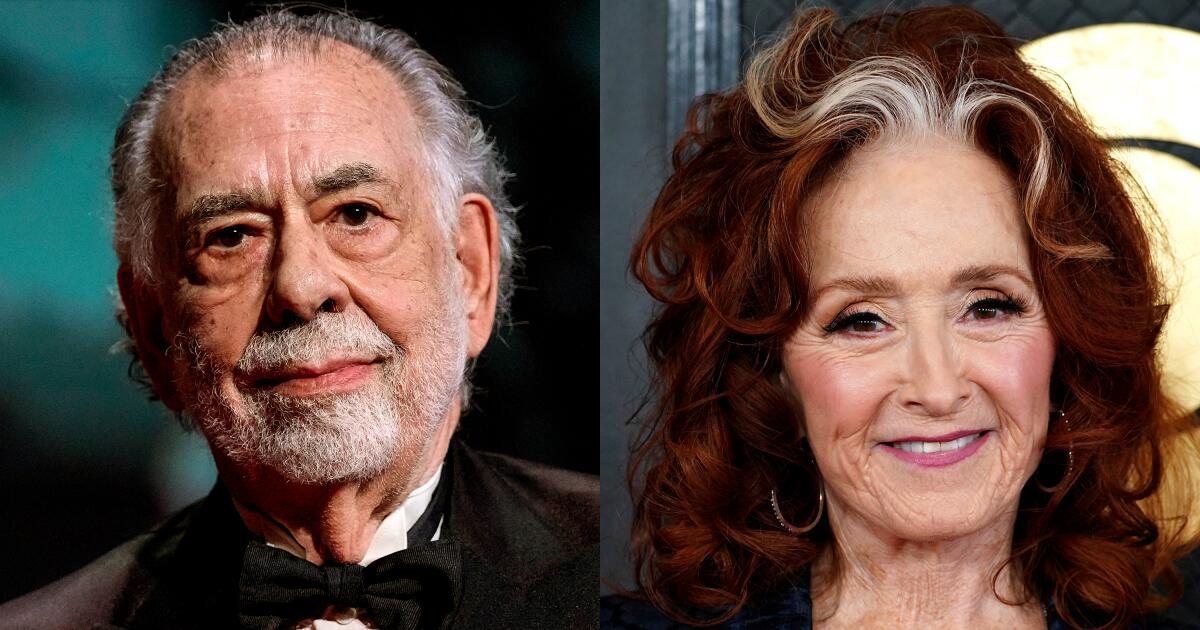A New Mexico grand jury has indicted Alec Baldwin on involuntary manslaughter charges for his role in the fatal shooting of a cinematographer during production of the ill-fated western film “Rust.”
The indictment, filed Friday, was signed by special prosecutor Kari T. Morrissey, who has been prosecuting the case.
If convicted of the charge, a fourth-degree felony, Baldwin could serve up to 18 months in prison, under New Mexico law.
The high-stakes decision to charge the actor comes more than two years after Baldwin accidentally shot cinematographer Halyna Hutchins and director Joel Souza during an October 21, 2021 rehearsal at an Old West church in Bonanza Creek Ranch, a popular desert film location. south of Santa Fe, NM Hutchins died that afternoon and Souza, who was shot in the shoulder, recovered.
“We look forward to our day in court,” Baldwin's attorneys, Luke Nikas and Alex Spiro, said in a statement.
The wrongful death process in New Mexico has been tense. In January, the district attorney overseeing Santa Fe County, Mary Carmack-Altwies, filed two counts of involuntary manslaughter against Baldwin and the film's gunsmith, Hannah Gutierrez Reed, who loaded the gun. Carmack-Altwies said at the time that there was “sufficient evidence” to criminally charge Baldwin.
But after Carmack-Altwies withdrew from the case, Morrissey and Jason J. Lewis took over as special prosecutors. At the end of April they dropped the charges against the 65-year-old Hollywood star.
“New facts have been revealed that require further investigation and forensic analysis,” Morrissey said at the time. Sources who were not authorized to comment said prosecutors were told the gun had been modified before it was delivered to the set.
The actor has long maintained that he did not pull the trigger, only that he removed the hammer from the gun. When Baldwin was given the gun, he was told it was “cold,” meaning it had no ammunition. However, the gun contained five fake cartridges and one real bullet.
Prosecutors brought in a respected firearms expert, Lucien C. Haag, to determine whether the Italian-made Pietta pistol, a replica of an antique 1873 model, was functional or defective, which could have contributed to the deadly accident in the set.
“Although Alec Baldwin repeatedly denies pulling the trigger, given the evidence, findings and observations reported here, the trigger had to be pulled or depressed enough to release the fully cocked or retracted hammer from the evidence revolver,” Haag wrote in his report of the August 3rd. report.
The gun supplier, Seth Kenney, said in an interview with a witness in July that the gun Baldwin used was new. Kenney said he had just received it from a California supplier, via FedEx, and that he transferred it to the prop master who was hired to work on “Rust.”
Baldwin was one of the film's producers. The star, who won acclaim for his performances on NBC's “Saturday Night Live” and “30 Rock,” as well as the films “Glengarry Glen Ross” and “The Hunt for Red October,” among others, could now face trial. criminal or accept a plea agreement.
The actor made a brief surprise return to “SNL” in November, even as the potential grand jury indictment loomed.
Gutierrez Reed still faces charges of involuntary manslaughter. The judge overseeing the criminal case, Mary Marlowe Sommer, scheduled a trial for Gutiérrez Reed on February 21. She pleaded not guilty.
“Good Morning America” co-host George Stephanopoulos interviews actor Alec Baldwin following the deadly shooting on the set of the movie “Rust.”
(Jeff Neira/ABC)
Investigators have not identified the source of the actual bullets; six were found on set.
The producers of “Rust” were determined to finish the story of Harland Rust, a fictional Kansas outlaw of the 1880s, played by Baldwin. They resumed filming the film in Montana last spring after Morrissey and Lewis dropped initial charges against the star.
Producers have said the film will be a tribute to Hutchins, the 42-year-old cinematographer who died.
Times staff writer Ryan Faughnder contributed to this report.












